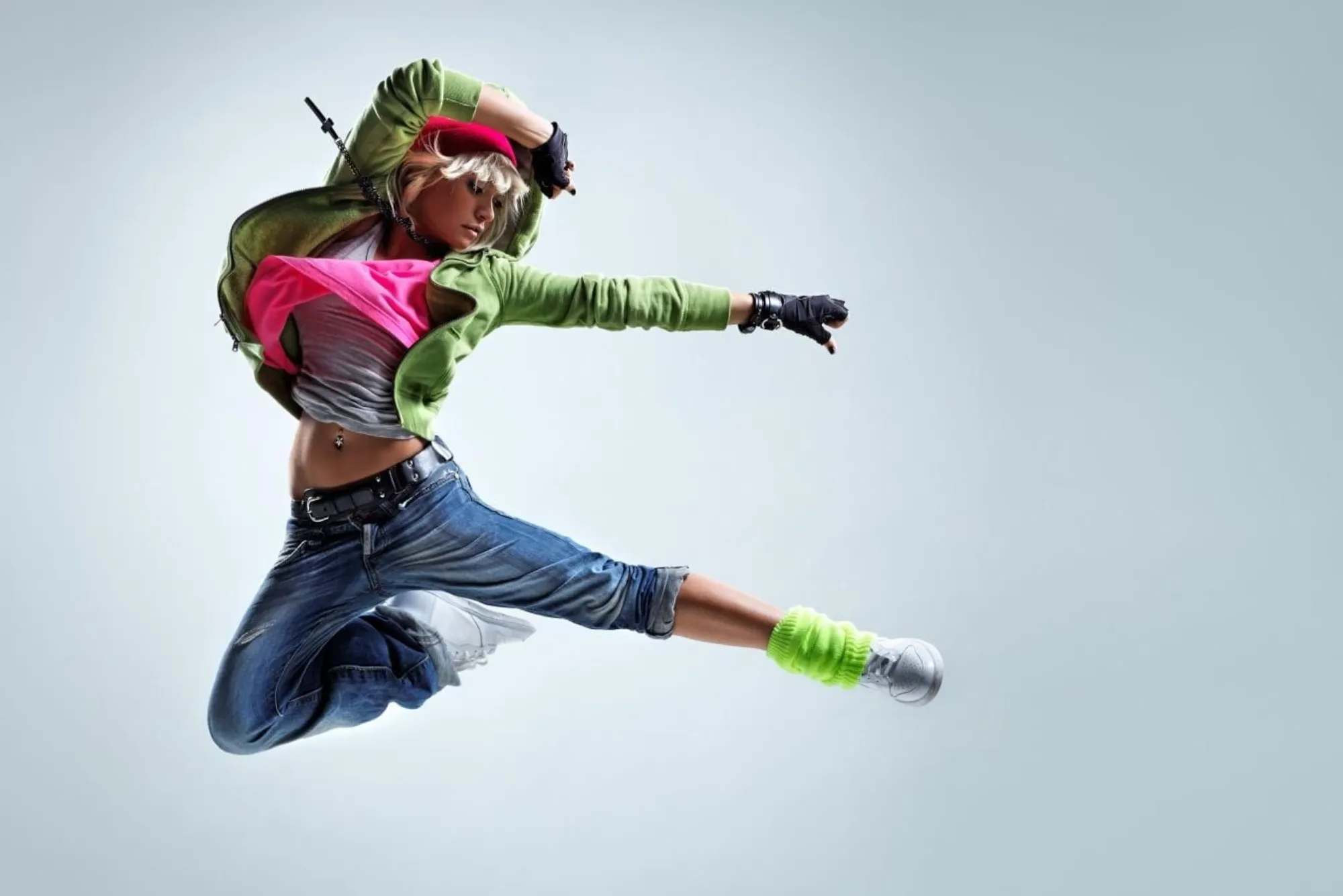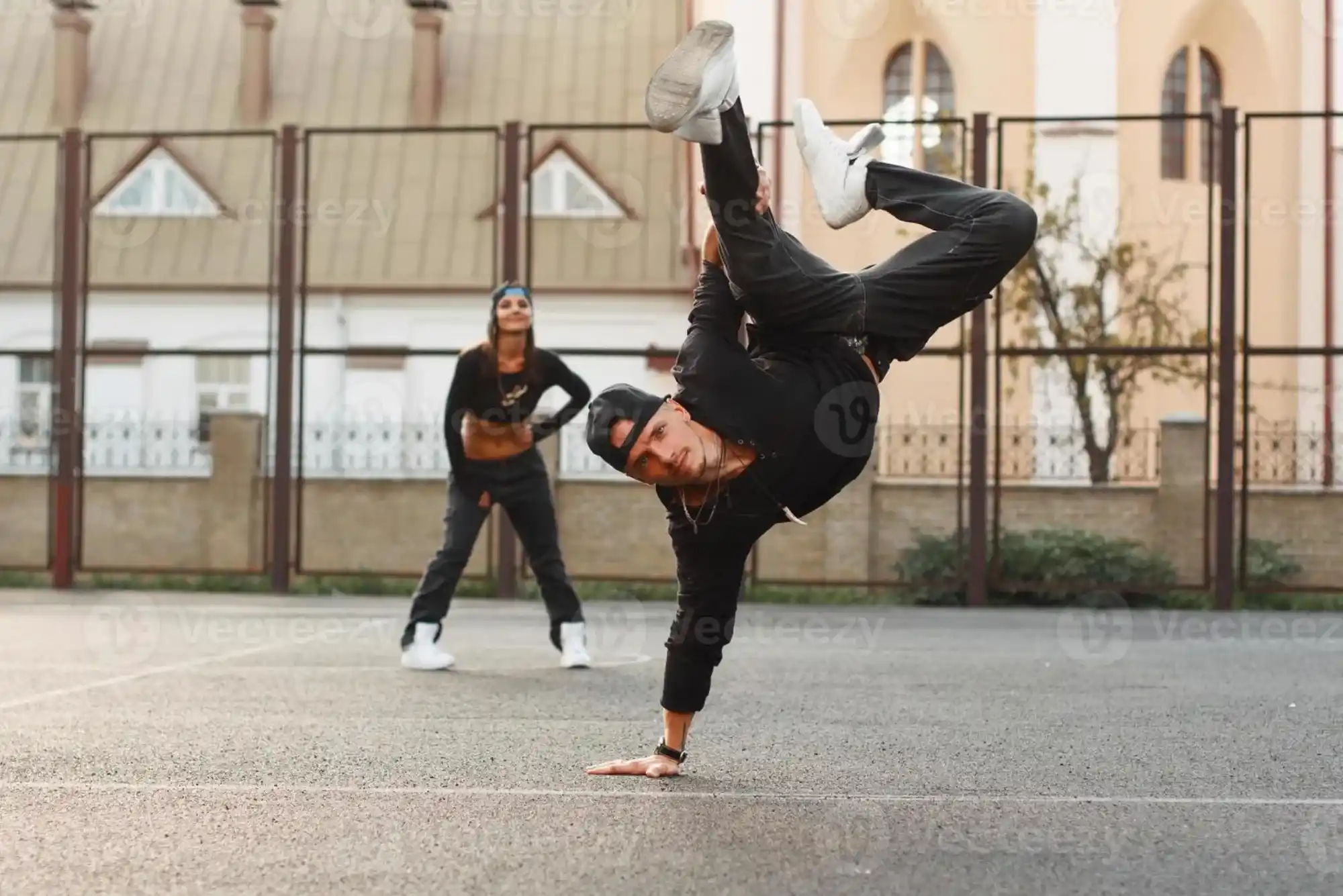Dance has long captivated audiences worldwide, celebrated as a form of art, a cultural expression, and a source of personal joy. However, the question of whether dance qualifies as a sport continues to spark debates. Dancers know firsthand that the hours of rigorous training, physical endurance, and mental discipline required rival that of any athlete. This article delves into the physical and mental demands of dance, drawing on its parallels with traditional sports and exploring how it embodies the key qualities that define a sport.
Physical Demands of Dance: Strength, Stamina, and Agility
At its core, dance requires a high level of physical fitness, with dancers honing their bodies to perform complex and demanding movements. These movements often require exceptional strength, stamina, flexibility, and coordination. Just as football players need to build muscle strength for powerful sprints or weightlifters need to strengthen specific muscle groups, dancers undergo intense physical conditioning to perfect their performance. Each genre of dance, whether it’s ballet, hip-hop, or contemporary, demands particular physical attributes and intense training.
Dance routines are often a test of stamina, where dancers perform continuously for several minutes without pause. This level of endurance is similar to what is required in sports like basketball or soccer, where athletes must sustain energy levels and perform at a high intensity over an extended period. Additionally, dance movements such as jumps, turns, and lifts require a balance of explosive power and control. The ability to execute these moves repeatedly without injury reflects the physical resilience dancers develop over years of practice.
Mental Discipline: Focus and Strategy in Dance
Beyond physical prowess, dance demands immense mental discipline. Dancers must be in peak mental focus, maintaining concentration as they remember choreography, execute precise moves, and synchronize with music and other dancers. The level of cognitive engagement in dance aligns closely with sports that require strategic planning, adaptability, and quick decision-making, such as gymnastics or figure skating.

Learning and mastering choreography is itself a mental workout, requiring dancers to memorize complex sequences and adapt quickly to any changes. During live performances, a dancer’s ability to stay focused and recover seamlessly from mistakes reflects the same mental fortitude and resilience observed in competitive athletes. Similar to how tennis players must recalibrate their moves based on the direction and speed of the ball, dancers must stay aware of their positioning, timing, and musical cues. The mental agility needed to perform intricate choreography without faltering underscores the cognitive demands of dance, reinforcing its classification as a sport.
Training and Practice: The Rigorous Routine of Dancers
The intense training schedules of dancers further highlight why dance should be considered a sport. Like athletes, dancers commit to hours of daily practice, often beginning their training at an early age. Dance rehearsals are demanding and repetitive, aimed at perfecting techniques and building the necessary muscle memory. This discipline is akin to the training regimens of competitive swimmers or marathon runners, where repetition and endurance are key to achieving peak performance.
Dancers are often cross-training, incorporating exercises like Pilates, strength training, and cardiovascular workouts to improve their endurance and agility. In ballet, for instance, dancers spend hours working on specific foot positions and jumps to ensure accuracy and precision. Their dedication to improvement mirrors the structured and purposeful training seen in professional sports, which ultimately results in peak physical condition and an ability to perform under pressure.
| Comparison Aspect | Dance | Traditional Sports |
|---|---|---|
| Physical Endurance | Requires sustained energy for long routines | Requires sustained energy for extended matches |
| Strength and Flexibility | Requires muscular strength and extensive flexibility | Requires muscle conditioning and agility |
| Mental Focus | Demands high mental engagement and memorization | Requires strategic thinking and focus |
| Training Routine | Hours of daily practice, often starting young | Rigorous practice sessions to build muscle memory |
| Injury Risk | High risk of strains, sprains, and joint injuries | Common injuries from impact, repetitive motion, etc. |
Athletic Competition in Dance
Competitions are a significant part of dance, showcasing the competitive nature of the activity. From local dance-offs to global contests like the World Dance Championships, dancers train with the aim of outshining their rivals, judged on criteria such as technique, musicality, and originality. The preparation leading up to these competitions involves months of practice, refining skills, and perfecting routines, paralleling how athletes prepare for tournaments or the Olympics.
Similar to how sports players study their opponents to understand their strengths and weaknesses, dancers observe other performers to learn new techniques or gain insights into presentation. Competitive dancers perform in front of judges and an audience, facing the same performance anxiety that athletes encounter. Judging criteria in dance competitions often include technical precision, creativity, and overall performance quality, all of which dancers strive to excel in.
The Risk of Injury and Physical Toll
The risk of injury in dance is comparable to that in traditional sports, with dancers frequently suffering from strains, sprains, fractures, and other overuse injuries. Repetitive movements, jumps, and lifts put immense stress on joints and muscles, leading to injuries like tendonitis or even stress fractures. This physical toll is a stark reminder of the athletic demands placed on dancers, who must prioritize injury prevention and proper technique just like any athlete.
In some forms of dance, like ballet, dancers train rigorously to perform en pointe, a technique that involves balancing the entire body weight on the toes. This feat requires extensive conditioning of the foot muscles and lower body, yet poses a high risk of ankle and foot injuries. Despite the potential for injury, dancers display remarkable resilience and dedication, often continuing to practice through pain—a trait shared by many elite athletes in other sports.
Dance as a Sport: Recognition and Popular Perception
While the categorization of dance as a sport is still debated, its growing popularity and the rise of dance competitions have shifted public perception. Shows like “So You Think You Can Dance” and “World of Dance” have brought dance to mainstream audiences, highlighting the skill, dedication, and athleticism of dancers. In fact, dance is now recognized as a sport in some countries, with dance teams competing in sports tournaments and receiving athletic scholarships, further legitimizing its place in the sports domain.
Moreover, organizations such as the International Olympic Committee have acknowledged certain forms of dance, like breakdancing, as sports worthy of Olympic inclusion. This recognition underscores the growing acceptance of dance as a competitive and athletic endeavor, showcasing the evolving definition of what constitutes a sport. Dance may differ from conventional sports in its artistic expression, but it demands the same commitment, discipline, and athleticism found in any athletic pursuit.
The physical exertion, mental focus, and structured training associated with dance make it more than a form of entertainment—it is a rigorous athletic pursuit. While it may not fit the traditional mold of a sport, dance undeniably embodies the qualities that define athletic competition. Dancers face physical and mental challenges, push through intense training, and perform under pressure, demonstrating the same level of dedication required by any elite athlete.
In the end, perhaps the real strength of dance lies in its dual identity, blending art with athleticism. Dance elevates the human body’s capabilities, turning physical feats into a medium of expression and storytelling. By recognizing dance as a sport, we can honor the dedication and skill of dancers who, like athletes, strive for excellence in their field. This fusion of artistry and sport makes dance a unique discipline, celebrating both the beauty of movement and the strength required to achieve it.








